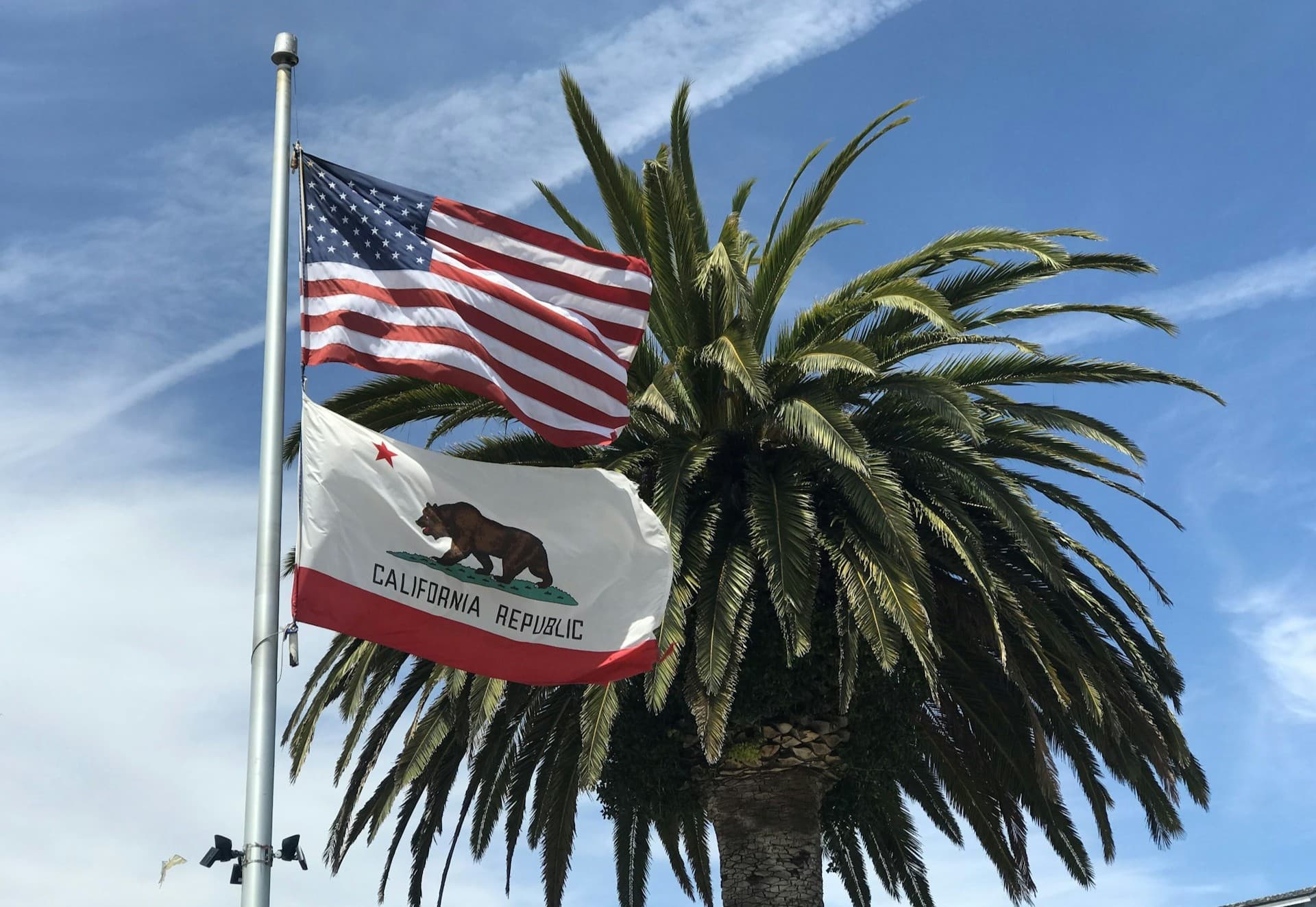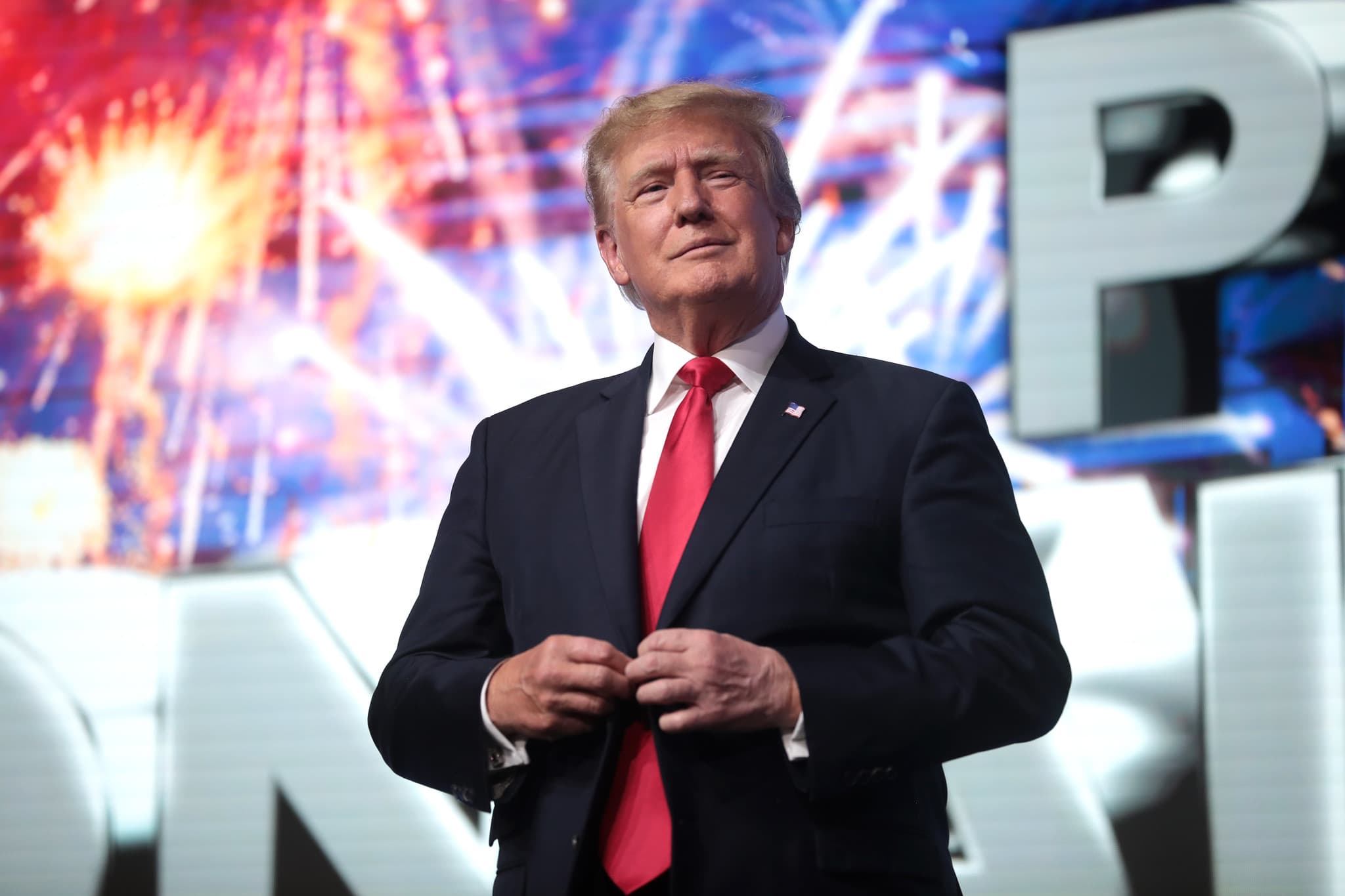Where Have All the Movements Gone?

Throughout American history, political movements have come and gone. Many of these movements have been reactionary, established after elections, events, and shifts in policies and politics. Some began in direct response to other movements, cropping up on the left or the right, often coming back full circle.
A prime example was the Tea Party movement, a fiscally conservative movement that expanded within the ranks of the Republican Party in 2007. By 2009, it had surged in popularity, solidifying its success when it became a formal Caucus of the Republican Party in 2010, helping Republicans take control of the House of Representatives.
The group promoted tax cuts, limited government, and deep reductions in non-defense spending. The Tea Party Caucus has waned in recent years and most of its members in Congress have since joined the far-right Freedom Caucus.
During those years, the inevitable response came from Democrats, Independents and progressives, who didn’t take the threat lying down. A rash of groups were born or expanded to counterbalance and forestall this rightward swing of political power and public opinion.
Coffee Party USA, formed in 2010 and followed by a meteoric rise, held events, summits and even a national convention that year. Today, their accomplishments are but a distant memory. Coffee Party USA was absorbed into the Bridge Alliance in 2021.
On September 17, 2011, the Occupy Wall Street movement began in Zuccotti Park in New York. In a few short weeks it spread to hundreds of other cities, promoting the inequity of the wealth gap in America, pitting the 1% vs. the 99%. Though the protests were quelled after several weeks, the ideals behind the movement remain.
The Black Lives Matter (BLM) movement started in 2013, in response to the murder of Trayvon Martin and subsequent acquittal of George Zimmerman. The movement took to the streets in its campaign against systemic racism and police mistreatment of blacks and other minorities.
Today, as it was in the beginning, BLM remains loosely structured and decentralized, and has led to similar activism internationally. Yet, despite its continued support, it also inevitably led to counter movements on the right such as Blue Lives Matter and White Lives Matter.
MoveOn, originally established to oppose the impeachment of President Clinton in 1998, is a progressive movement mobilizing its members for social justice. Today, it is comprised of two related entities: MoveOn Political Action, a federal PAC aimed at influencing election outcomes, and MoveOn Civic Action, which focuses on education and advocacy.
The Green New Deal called for policies to address climate change and to promote renewable energy and the jobs it could create in the 2000’s and 2010’s. A resolution to transition the U.S. to 100% renewable and zero-emission energy sources was proposed in 2019, but was never enacted due to opposition from the right.
The Trump administration recently ordered the removal of climate change related terms on websites and documents of Federal departments and agencies.
Not all movements fit neatly into left and right buckets, however. As America became increasingly polarized over recent decades, groups in the middle were established. The Bipartisan Policy Center and No Labels have and continue to focus on overcoming partisan divisions in the country.
The Village Square, established in Tallahassee, FL in 2006, encouraged public conversations among opposite sides of divisive issues. The group still exists, but never seemed to launch beyond its narrow geographic area.
Perhaps one of the most visible movements in recent years has been Make America Great Again, or MAGA, popularized in the 2016 presidential campaign of Donald Trump. It has since become a supercharged and loaded term at the very core of polarization.
The crusade has swelled to represent not only the lower echelons of Trump’s supporters, but megadonors and members of Congress, yielding what is considered a new American oligarchy.
But as far-right movements like MAGA have gained in popularity, those on the left continue to rise as well. A prominent left-wing grassroots organization today is Indivisible, formed in response to the 2016 election. Today it encompasses thousands of local “Indivisible” groups resisting the power play by the right.
Other opposition groups formed after Trump’s election include Swing Left, Flippable, Swing Left, Sister District and Run for Something. All came to exist and continue to work towards re-balancing the political landscape to the left.
One of the newest resistance movements, People’s Union USA, was established in the early weeks of the second Trump administration. It has recently called for national economic blackouts to take back economic and political control from corporations to the people.
Robert Reich has recently called for a Free Speech Movement similar to what formed on college campuses in the 1960s. Reich states: “Tyranny is possible only if people submit to it. The Trump regime cannot control us through fear and intimidation if we’re energized, mobilized, and organized.”
Many political, social and economic movements across the spectrum have thrived over the years. Others have found it difficult to gain or sustain a national foothold. Which will persevere in the future, and what new movements will surface in response?
Those best able to adapt will become the most formidable. The only sure thing is that movements will continue to rise and fall, to “move” as time marches on.







